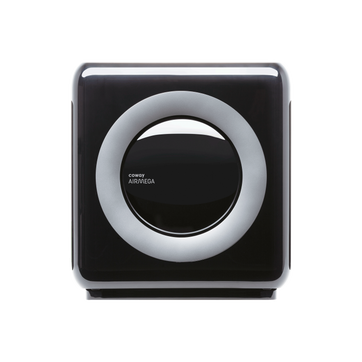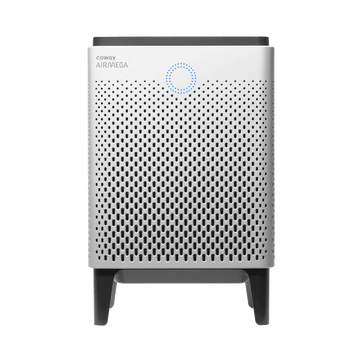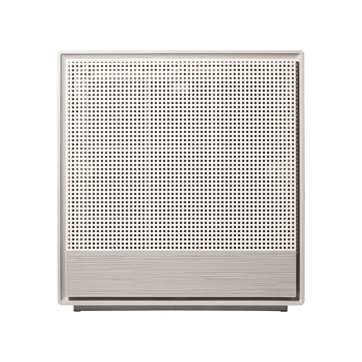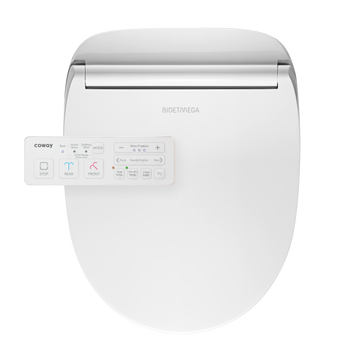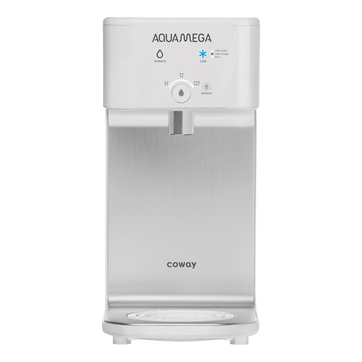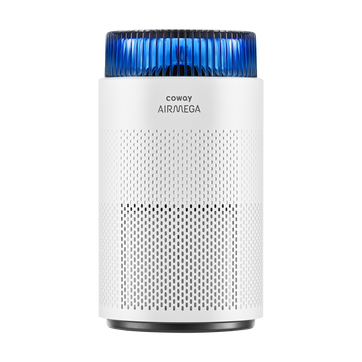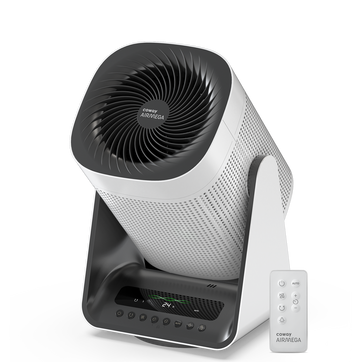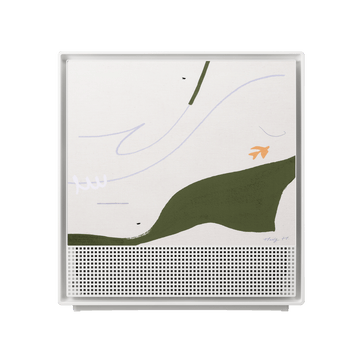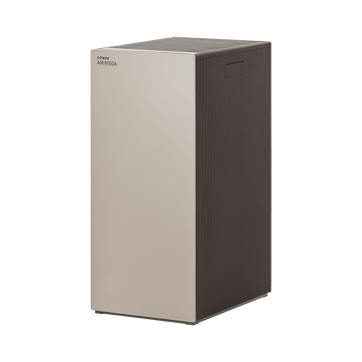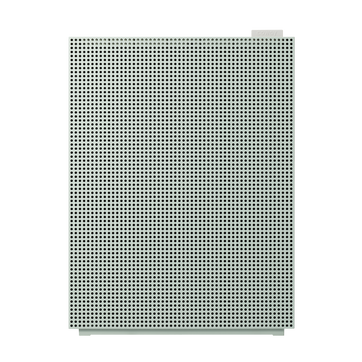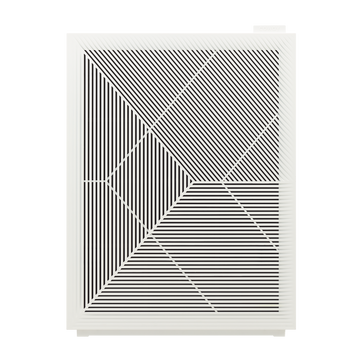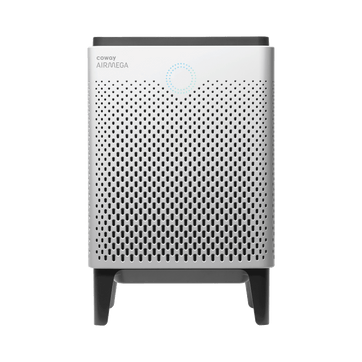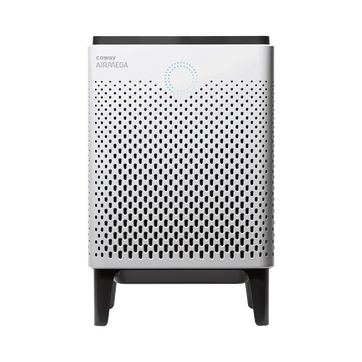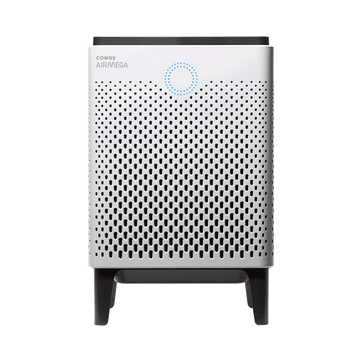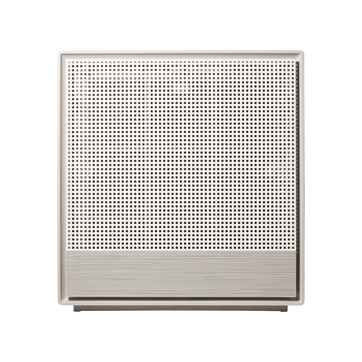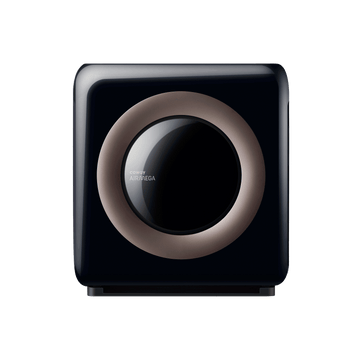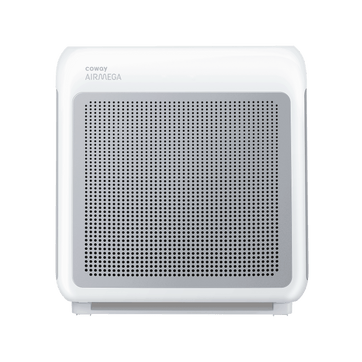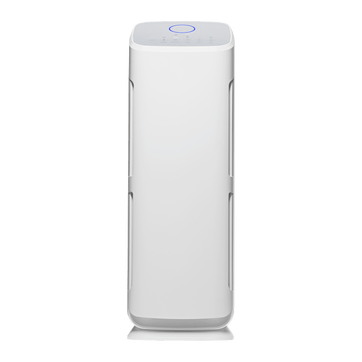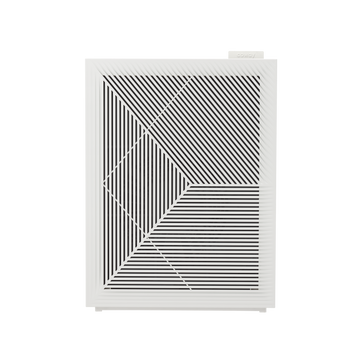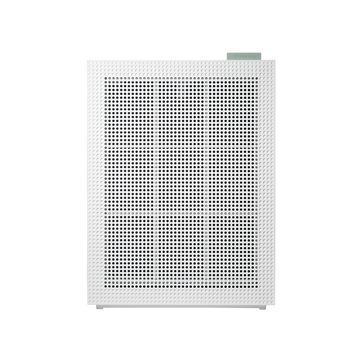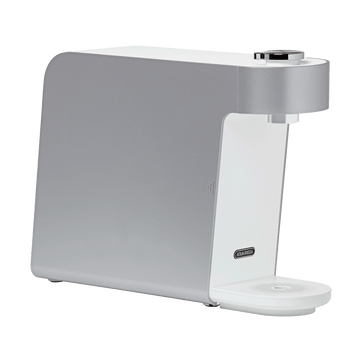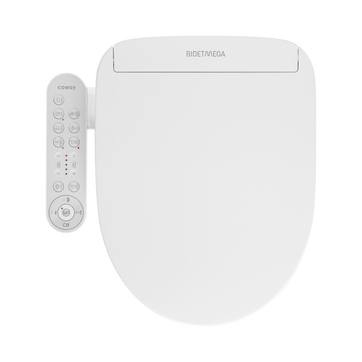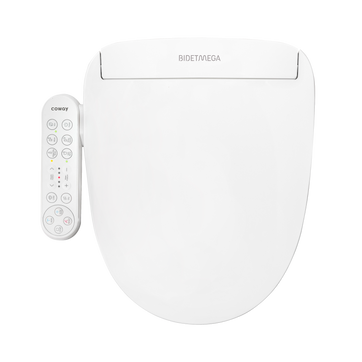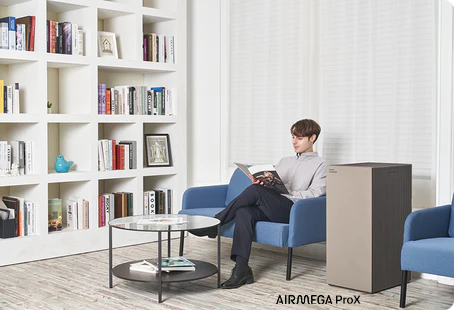
Reclaim Your Air: How Air Purifiers Help Reduce Asthma Symptoms
Asthma is a chronic respiratory condition that affects millions of people worldwide. It is characterized by inflammation and narrowing of the airways, leading to symptoms such as wheezing, coughing, chest tightness, and shortness of breath. While there is no cure for asthma, there are various ways to manage and control its symptoms. One effective method is the use of air purifiers, which can significantly improve indoor air quality and provide relief for asthma sufferers.
Understanding Asthma Triggers
Asthma symptoms can be triggered by a wide range of factors, including allergens, irritants, and environmental pollutants. Common indoor triggers include:
- Dust mites: These microscopic creatures thrive in warm, humid environments and feed on the dead skin cells shed by humans and pets. Their droppings can trigger asthma symptoms.
- Pet dander: Proteins found in the skin, saliva, and urine of cats and dogs can cause allergic reactions and asthma flare-ups.
- Mold and mildew: These fungi grow in damp areas and release spores into the air, which can irritate the airways and trigger asthma symptoms.
- Pollen: While typically associated with outdoor allergies, pollen can also enter homes through open windows and doors, triggering asthma symptoms.
- Volatile Organic Compounds (VOCs): VOCs are chemicals emitted by various household products, such as cleaning supplies, paints, and furniture, and can irritate the airways.
The Impact of Air Pollution on Asthma
Contaminants in the air have long been linked to health issues, and asthma is no exception. Young children with asthma, whose lungs are still developing, are especially vulnerable to exposure to air pollution. More research needs to be done, but a study of young campers with moderate to severe asthma showed they were 40 percent more likely to have acute asthma episodes on high-pollution summer days than on days with average pollution levels. Another study suggested that older adults were more likely to visit the emergency room for breathing problems when summer air pollution was high.
The connection between air pollution and asthma is further demonstrated by a new study published in Nature Energy, which shows a direct correlation between coal-fired power plants and asthmatic attacks. When researchers saw a 55% drop in coal-related emissions in Kentucky's Jefferson County, it resulted in about 400 fewer hospitalizations and ER visits for the year. The study also associated a 17% drop in average rescue inhaler use during that time.
Indoor Air Quality Matters
While outdoor air pollution is a significant concern, it's essential not to overlook the importance of indoor air quality. The air we breathe most often is inside our homes, which can be full of contaminants from outside sources, as well as those generated by indoor activities like heating, cooking, and cleaning. Beyond asthma, these contaminants can affect our immune system, sleep quality, and overall health.
This is where air purifiers, such as those offered by Coway, can play a crucial role in improving indoor air quality and providing relief for asthma sufferers. The Coway Airmega line of air purifiers features advanced filtration technologies that effectively remove indoor air pollutants, allergens, and irritants.
How Air Purifiers Can Help with Asthma
Air purifiers work by drawing in air from the surrounding environment, passing it through a series of filters, and releasing clean air back into the room. The most effective air purifiers for asthma relief feature High-Efficiency Particulate Air (HEPA) filters, which can capture particles as small as 0.3 microns with 99.97% efficiency. This includes many common asthma triggers, such as dust mites, pet dander, mold spores, and pollen.
Coway's Airmega air purifiers take filtration a step further with their Max2 filters, which combine activated carbon and Green True HEPA™ filtration to capture particles, allergens, and VOCs. The activated carbon filter helps to remove odors and harmful gases, while the Green True HEPA™ filter captures ultra-fine particles like viruses, bacteria, and other allergens.
Tips for Optimizing Air Purifier Performance
To ensure your Coway air purifier provides maximum relief from asthma symptoms, follow these tips:
- Place the air purifier in the room where you spend the most time, such as the bedroom or living room.
- Keep the air purifier running continuously, especially during high-pollution days or when asthma symptoms are more severe.
- Change the filters regularly, according to the manufacturer's recommendations, to maintain optimal performance.
- Vacuum and dust your home frequently to reduce the amount of allergens and irritants in the air.
- Use allergen-proof bedding and wash it regularly in hot water to minimize exposure to dust mites.
- Keep pets out of the bedroom and groom them regularly to reduce pet dander in the home.
A Holistic Approach to Asthma Management
While air purifiers can significantly improve indoor air quality and provide relief from asthma symptoms, it is essential to adopt a holistic approach to asthma management. This includes working with your healthcare provider to develop an asthma action plan, taking prescribed medications as directed, identifying and avoiding asthma triggers whenever possible, maintaining a healthy lifestyle, and regularly monitoring your asthma symptoms and lung function.
Find Relief with Coway
Asthma can be a challenging condition to manage, but with the right tools and strategies, it is possible to reclaim your air and reduce symptoms. Coway air purifiers offer a powerful and effective solution for improving indoor air quality, removing allergens, irritants, and pollutants that can trigger asthma flare-ups. By incorporating a Coway air purifier into a holistic asthma management plan, you can breathe easier, sleep better, and enjoy a higher quality of life.
If you or a loved one suffers from asthma, consider investing in a Coway Airmega air purifier to help create a healthier and more comfortable indoor environment. With a range of models designed to suit various room sizes and specific needs, Coway has a solution for every home. Take control of your indoor air quality and start breathing easier today with Coway.
Sources
National Today - National No Housework Day – April 7, 2024
Good Housekeeping - 9 Reasons You Should Never Wear Shoes in the House
CDC - Improving Ventilation in Your Home
The Spruce - 8 Easy Habits to Help Keep Your Home Clutter-Free
Disclaimers
1Coway air purifiers have been proven to trap dust, pollen, dander, viruses and bacteria in the air based on KCL (Korea Conformity Laboratories) testing.They have been tested in a 30㎥ size chamber according to the Korea Air Cleaning Association standard (SPS-KACA 002-132:2022 Modified) to measure the 0.01㎛ size of particle removal rate. It was tested on maximum airflow speed in normal room temperature and humidity conditions. The performance may vary in the actual living environment of customers.
→ Tested with Airmega Aim, 100, 150, 160, AP-1216L, AP-1512HH, AP-1512HHS, 200M, Icon, IconS, 230, 240, 250, 250 Art, 250S, 300, 300S, 400, 400S, ProX
299.97% of viruses, bacteria, fungi and pollen were verified to be removed from the air for Coway air purifiers which have Green True HEPA™ filter applied based on the Japan Food Research Laboratories(JFRL) testing according to JEM 1467 standard.
→ Tested with Coway Airmega AP-1512HH, AP-1512HHS, 250, 250 Art, 250S, 300, 300S, 400, 400S
→ All tested by JFRL and received above result within below time.
All tested by JFRL and received above result within below time.
- Virus: Tested with Escherichia coli phage ΦX174 NBRC 103405, 60 minutes
- Bacteria: Tested with Staphylococcus epidermidis NBRC 12993, 60 minutes
- Fungi/Mold: Tested with Penicillium citrinum NBRC 6352, 60 minutes
- Pollen: Tested with Cedar Pollen extract, 60 minutes
3Aerosol test conducted in a Biosafety level 3 laboratory with two Coway air purifier models, Coway Airmega 250 and 400 for removal of SARS-CoV-2 Aerosol by US based MRI Global, a not-for-profit laboratory and partner of US Department of Defense. The test was conducted in a 13.1ft3 chamber. Virus was aerosolized for 15 minutes and the product was turned on high for 2 minutes. Result showed each product effectively removed over 99.98% of the SARS-CoV-2 in 2 minutes. This is a result from a laboratory experiment condition and result may vary in different conditions. This result does not imply it kills SARS-CoV-2 or prevents the transmission of Covid-19. Coway Airmega 250S and 400S are identical to the tested models and has equal performance with an additional mobile connectivity function.
4The concentration of ammonia, acetaldehyde and acetic acid were proven to be removed within 30 minutes by FCG Research Institute, Inc. Human Life Science Lab. It is not a demonstration result in the actual use space. Not all odors and gases may be supported. → Tested with Coway Airmega 150, 160, AP-1512HH, AP-1512HHS, 400, 400S
5The coverage area of the air purifier is based on an area where the air cleaner can make two air changes per hour (ACPH). An air change per hour translates to how many times an air purifier can clean an area, assuming the height of a ceiling to be 8 ft, in one hour. Therefore ** means two air changes per hour means that the cleaner can clean the area once every 30 minutes and * means air changes per hour means that the air purifier can clean the area once every 60 minutes.
10Terms and conditions apply. Discounts, including promotions, coupons, bundle discount and subscription discount, cannot be stacked on top of other coupons. During promotional periods, discount codes will not be able to be applied to orders. Promo codes may apply to products only—filters, accessories, and new products within 3 months of the release date are not included.
